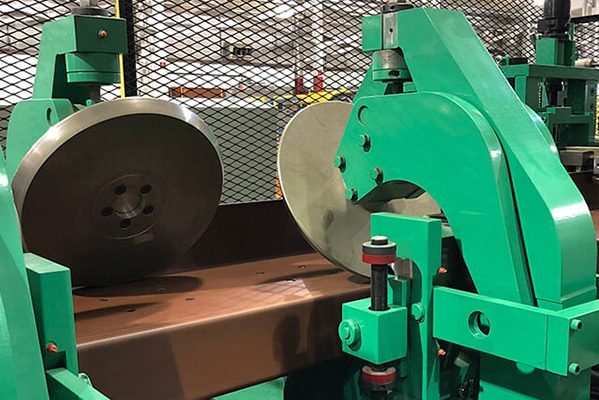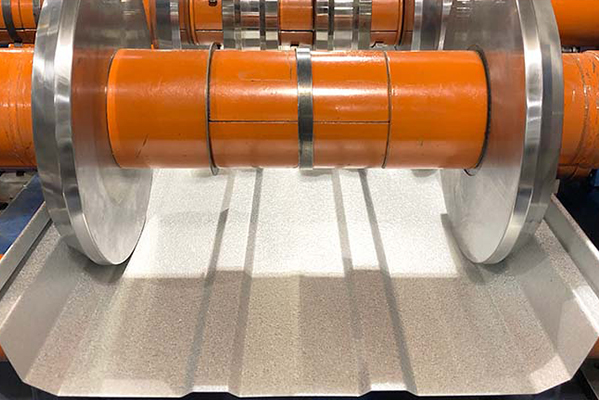Navigation Menu
Contact Us
- Email:
- info@wxavatar.com
- Address:
- Yurong Village, Yuqi Street, Huishan District, Wuxi, China.
Release Date:Apr 02, 2025 Visit:23 Source:Roll Forming Machine Factory
Metal shingle lines refer to the visible rows or courses formed by overlapping metal shingles on a roof. These lines are not just an aesthetic feature—they serve several functional purposes in roofing systems, including waterproofing, structural integrity, and thermal performance. This article explores the key uses of metal shingle lines in modern roofing.
1. Water Drainage and Weather Protection
The primary purpose of metal shingle lines is to direct water off the roof efficiently. Each overlapping row creates a channel that allows rainwater, snow, and debris to flow downward without seeping underneath. Properly aligned shingle lines prevent leaks by ensuring that water is shed effectively, protecting the roof deck and underlying structure.

2. Wind Resistance and Durability
Metal shingle lines are designed to interlock or overlap in a way that enhances wind resistance. High-quality metal roofing systems use concealed fasteners or interlocking seams along these lines to prevent uplift during storms. The overlapping pattern distributes wind forces evenly, reducing the risk of shingle detachment.
3. Thermal Expansion and Contraction
Metal expands and contracts with temperature changes. The design of shingle lines accommodates this movement, preventing warping, buckling, or fastener failure. Properly spaced and installed shingle lines allow the roof to "breathe" without compromising its structural integrity.
4. Aesthetic Appeal and Architectural Style
Metal shingle lines contribute to the visual appeal of a roof. Different profiles—such as standing seam, tile-like, or shake-style—create distinct shadow lines and textures. Architects and homeowners can choose between bold, pronounced lines for a modern look or subtle, low-profile lines for a traditional appearance.
5. Ventilation and Energy Efficiency
Some metal roofing systems incorporate ventilation features along shingle lines to improve airflow beneath the roof. This helps regulate attic temperatures, reducing heat buildup in summer and moisture accumulation in winter. Proper ventilation along these lines can enhance energy efficiency and prolong the roof’s lifespan.
6. Ease of Installation and Maintenance
The structured layout of metal shingle lines simplifies installation, as roofers can follow a systematic overlapping pattern. Additionally, maintenance is easier because damaged shingles can often be replaced individually without disturbing adjacent rows.

Conclusion
Metal shingle lines are a critical component of metal roofing systems, serving both functional and aesthetic purposes. They ensure proper water drainage, enhance durability against wind and weather, accommodate thermal movement, and contribute to the roof’s overall design. Whether for residential or commercial buildings, well-designed shingle lines are key to a long-lasting, high-performance metal roof.